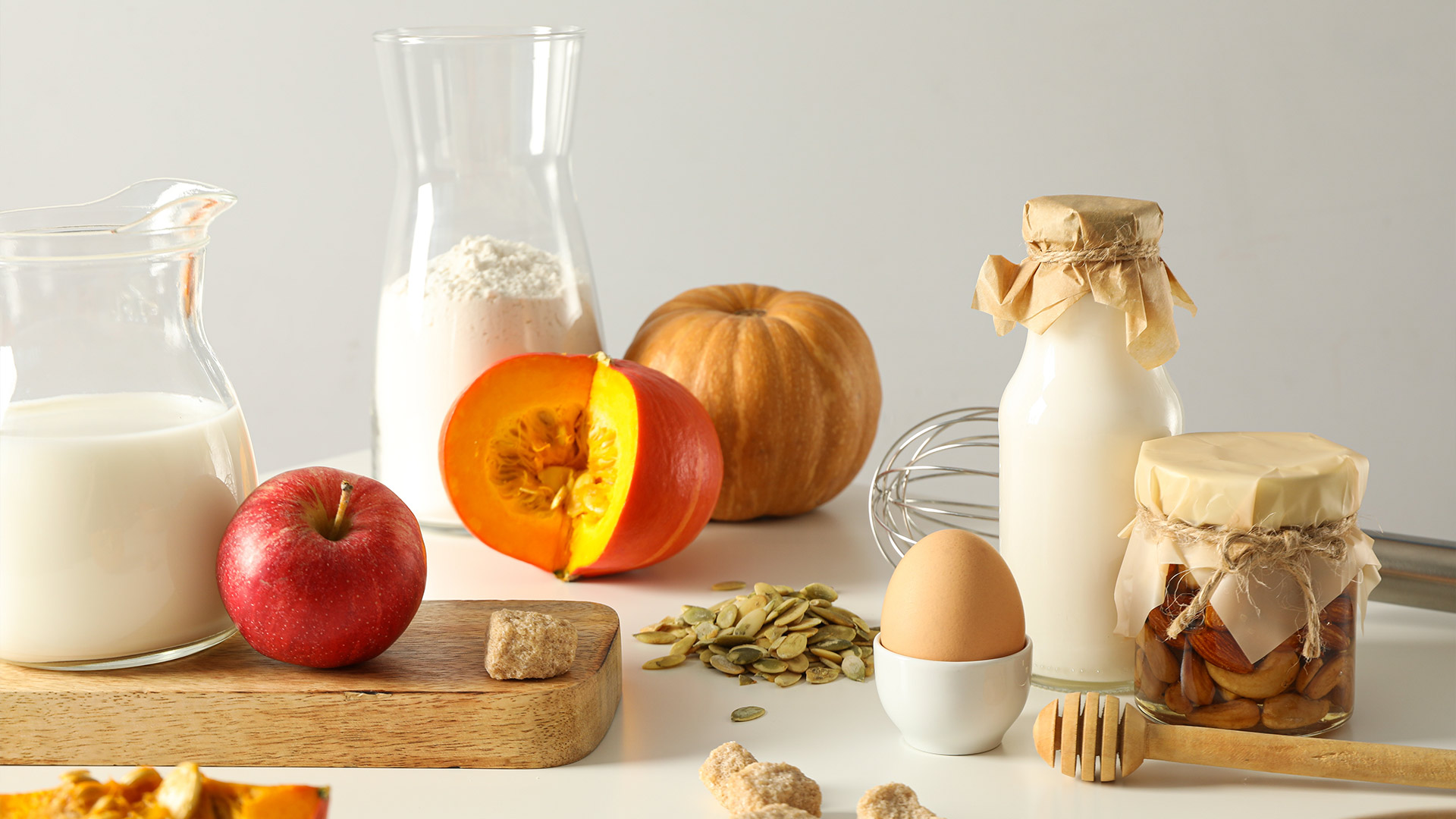You can have a shelf full of skincare products, but if your meals are mostly processed snacks and caffeine-fueled quick bites, your glow is going to be... well, missing in action.
That’s because what you eat shows up on your face. Literally. Your skin is like a giant mirror reflecting your internal health—especially your digestion, hydration, and inflammation levels.
So if you want real, lasting skin glow (the kind that doesn’t wash off with micellar water), it’s time to take a peek at your plate.
Here are the real-deal secrets to eating your way to clear, radiant skin—no filters or fancy creams required.
Hydration Comes First (and Not Just Water)
Yeah, drinking water matters—but so does eating hydrating foods. Think of fruits and veggies like nature’s edible moisturizers.
Cucumbers, watermelon, oranges, and leafy greens are packed with structured water and electrolytes that help your skin cells stay plump and bouncy.
Try:
- Sipping coconut water after workouts
- Snacking on berries or celery throughout the day
- Adding a handful of spinach to your morning smoothie
You’ll see a difference in glow within days.
Balance Your Blood Sugar, Balance Your Glow
Spiking your blood sugar (hello donuts, white bread, and sweetened lattes) can mess with your hormones, increase oil production, and trigger breakouts. Yep, food acne is real.
The trick? Pair your carbs with fiber, fat, or protein to slow digestion and keep insulin steady.
Example:
- Swap sugary cereal for steel-cut oats with chia seeds and almond butter
- Ditch the sugary soda for sparkling water with lemon
- Pair your fruit with a few nuts or seeds
When your blood sugar is stable, your skin stops freaking out.
Eat the Rainbow (Your Skin Loves It)
Each bright color in fruits and veggies signals different phytonutrients that fight inflammation and repair damage.
Here’s what to aim for daily:
- Red (like tomatoes, berries): lycopene and anthocyanins for UV protection
- Orange/yellow (carrots, mango): beta-carotene for smoother skin
- Green (kale, broccoli): chlorophyll and vitamin K to calm redness
- Purple/blue (blueberries, eggplant): antioxidants to fight aging
- White (onions, garlic): sulfur compounds that support detox
The more color on your plate, the more your skin thrives.
Omega-3s: Your Skin’s Best Friend
If your skin feels dry, inflamed, or prone to redness, chances are you need more omega-3 fatty acids. These healthy fats help your skin’s barrier stay strong and reduce inflammation from the inside.
Top sources:
- Salmon, sardines, and mackerel
- Chia seeds, flaxseeds, and walnuts
- Algae oil (great for plant-based eaters)
Try adding chia pudding, a flax-banana smoothie, or a handful of walnuts to your day.
Get Friendly with Probiotics and Prebiotics
Your gut and your skin are in constant communication. An unhappy gut can lead to breakouts, dullness, and sensitivity. Enter: probiotics and prebiotics.
Probiotics (the good bacteria) are found in:
- Yogurt (unsweetened)
- Kimchi
- Miso
- Kefir
- Sauerkraut
Prebiotics (what those bacteria eat) are in:
- Onions
- Garlic
- Asparagus
- Bananas
- Oats
A balanced gut = clearer, calmer, glowier skin.
Watch Out for Hidden Skin Saboteurs
Some foods just don’t love your skin back. If you’re breaking out, feeling inflamed, or noticing random redness, try reducing:
- Refined sugar – linked to acne and collagen breakdown
- Dairy – can trigger breakouts in some people (especially milk)
- Highly processed snacks – often full of inflammatory oils
- Excess caffeine or alcohol – dehydrates and dulls your skin fast
Try cutting back slowly and seeing how your skin reacts. It’s not about restriction—it’s about noticing what works for you.
Zinc, Selenium, and Vitamin C: The Underrated Glow Squad
You hear about collagen and retinol a lot, but some of the real MVPs of skin health are trace minerals and vitamins.
- Zinc helps with healing and fights acne
- Selenium protects from sun damage and supports elasticity
- Vitamin C boosts collagen and brightens skin tone
Get them from:
- Pumpkin seeds (zinc)
- Brazil nuts (selenium—just 1 a day!)
- Bell peppers and citrus (vitamin C)
Supplements can help if you're deficient, but food sources are more skin-friendly long term.
Don’t Fear Healthy Fats
Fat isn’t your enemy—it’s your skin’s personal bodyguard. Healthy fats help your body absorb fat-soluble vitamins (like A, D, E, and K), which are crucial for skin function.
Add:
- Avocado to your salads
- Olive oil to your roasted veggies
- Tahini or nut butters to your smoothies or toast
These fats help lock in skin moisture and make everything taste better too.
Real-Life Glow-Up Routine (Sample Day)
Here’s what a glow-friendly day of eating might look like—nothing extreme, just good, solid choices:
Breakfast:
Smoothie with spinach, banana, chia seeds, blueberries, and oat milk
- 1 Brazil nut for selenium
Snack:
Orange slices with a handful of almonds
Lunch:
Grain bowl with quinoa, roasted sweet potatoes, avocado, kale, chickpeas, and tahini drizzle
Snack:
Hummus with cucumber and bell pepper sticks
- herbal tea
Dinner:
Salmon or tofu with broccoli, brown rice, and miso soup
It’s simple, doable, and delicious—no crash diets or weird restrictions required.
How Long Before You See Results?
Honestly? Some people see brighter skin in 3–5 days just from drinking more water and eating less sugar.
But real transformation happens with consistency. After 3–4 weeks of skin-supporting meals, expect:
- Fewer breakouts
- Softer texture
- Less irritation
- A more even skin tone
- That “you look well-rested” glow (even if you’re not)
And once your skin starts glowing? You’ll want to keep going.



